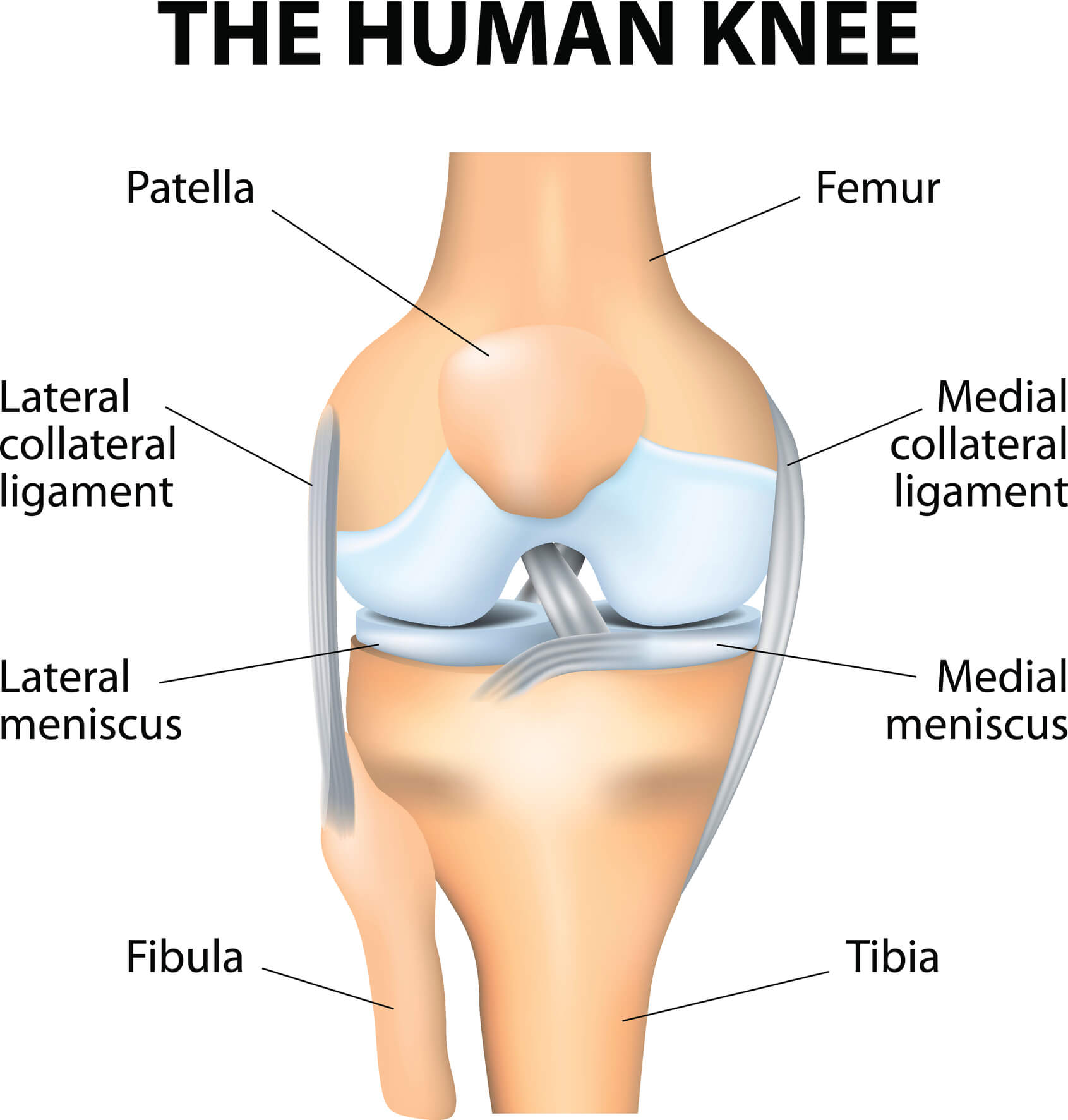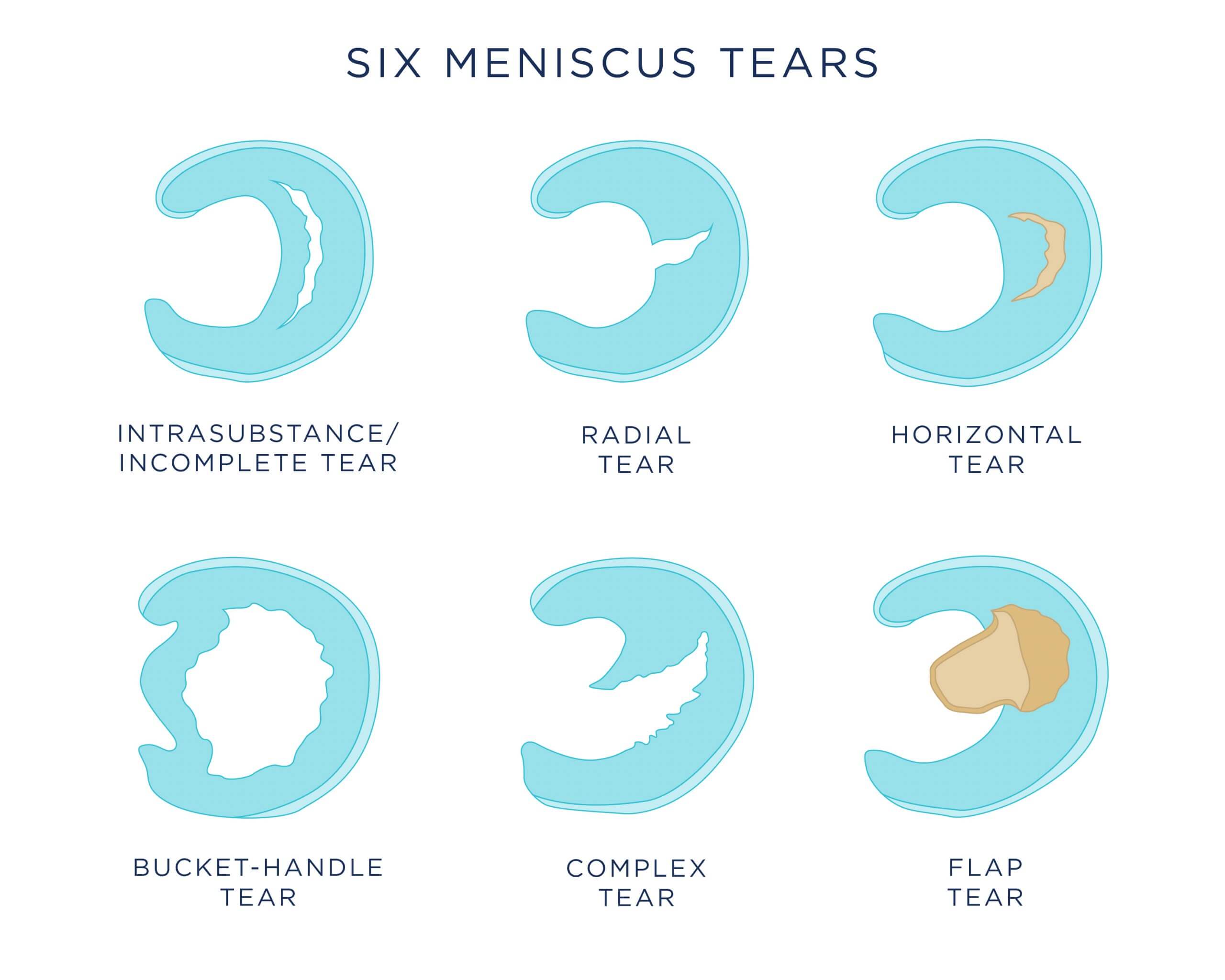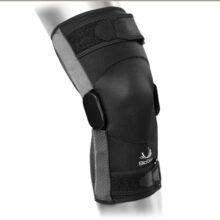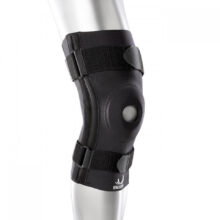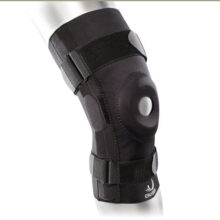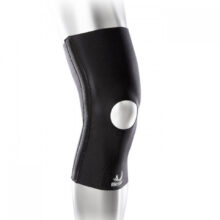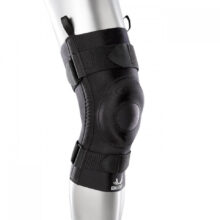CrossFire ROM
Login For Dealer Pricing
Optimal support for knee instability with SlimLok ROM hinge
The Bio Skin CrossFire™ ROM protects the MCL, ACL and other knee ligaments, providing extra stability while limiting unwanted twisting and bending of the knee joint. The hinge is very thin, only ½ inch, while providing flexion and extension lockouts needed for rehabilitation. The Bio Skin material is very comfortable with a highly-compressive single-layer portion surrounding the knee. The Cirrus™ material is sewn in a pre-tensioned manner to prevent bunching behind the knee which ensures a comfortable fit throughout vigorous activity. The brace’s comfort continues into the small details of how it is sewn together; featuring the ActiveSeam™ stitch that prevents unwanted chafing in the more sensitive areas of the knee.

